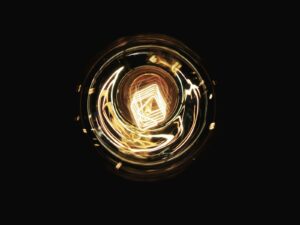Much is known about the microplastic pollution that’s created when plastic wrappers or bottles are discarded into the environment, but a new study has revealed that simply opening plastic packaging releases a small number of microplastics.
Published in Scientific Reports, researchers at the University of Newcastle in Australia undertook chemical tests and microscopy to study the generation of microplastics during the tearing open of chocolate packaging, cutting of sealing tapes and opening of plastic bottle caps.
The authors found that different shapes and sizes of microplastics were generated during tearing or cutting. These included fibers, fragments or triangles, ranging from nanometres to millimetres in size.
Fragments and fibres were generated most often. The authors estimated that ten to 30 nanograms (0.00001-0.00003 milligrams) of microplastics may be generated per 300 centimetres of plastic during cutting or twisting, depending on the opening approach and conditions of the plastic, such as stiffness, thickness or density.
The researchers suggest that everyday activities such as opening plastic bags and bottles could be additional sources of small quantities of microplastics; however, their risk, possible toxicity and how they may be ingested are not yet resolved and further research into human exposure is needed.
In January, a study suggested that the majority of Britons do not realise that everyday plastic usage, from washing clothes to drinking cups of tea, is contributing to microplastic pollution in our oceans and rivers.
Researchers from Brunel University London worked with six focus groups, which were broken down into categories such as ‘young mothers’ or ‘community centre helpers’, to try and discover whether the increased media coverage of microplastics was having a positive effect on public understanding.
Each group was asked to fill in a series of questionnaires and participate in group exercises, such as watching a news report on plastic pollution or the documentary film A Plastic Ocean, to see if they trusted and understood their messages.
They found that the majority of participants were not only unaware of how microplastics come to be in the ocean, but were surprised at the sheer scale of the problem and at the idea of plastics in the food chain.













